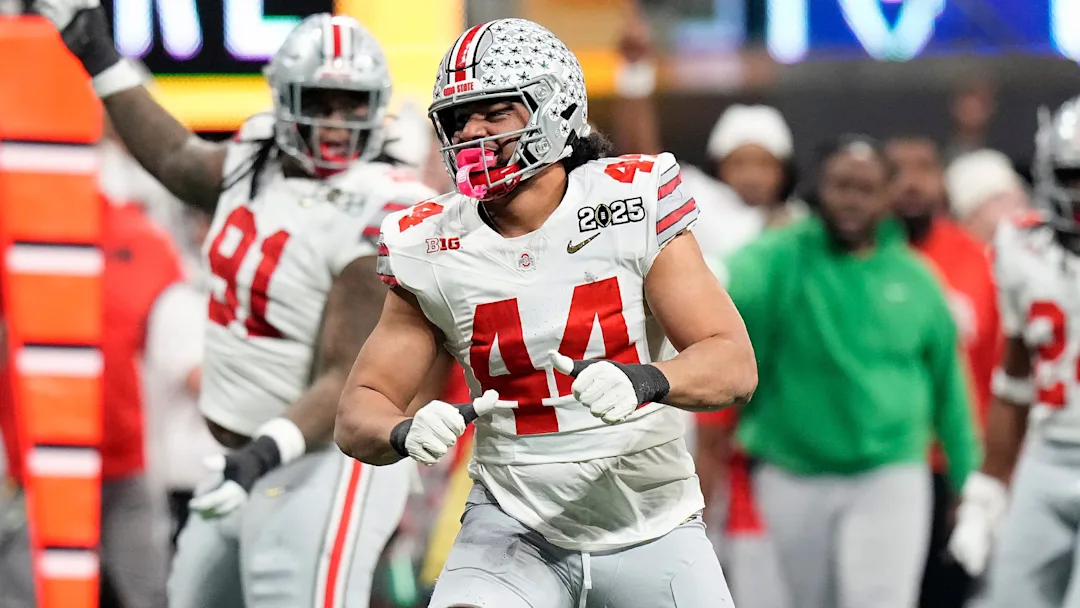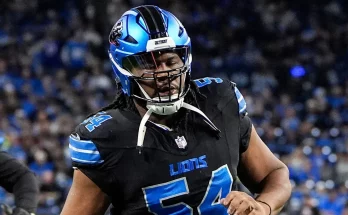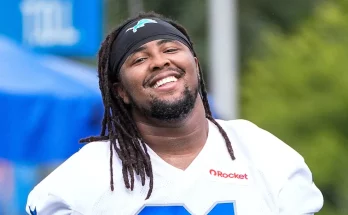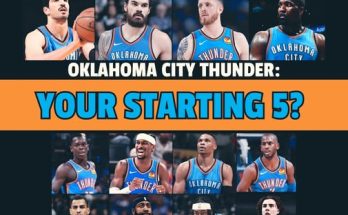The NFL Draft is a spectacle of speculation, projection, and calculated risk-taking. Every year, dozens of players see their fortunes rise and fall based not on what they did in college but on how scouts, general managers, and media analysts interpret their potential. But even with the unpredictability of the draft process, few stories are as baffling as the rapid decline in draft stock of one of Ohio State’s most talented stars. What’s happening here doesn’t just defy conventional wisdom—it borders on the inexplicable.
This particular Ohio State standout, once considered a lock to be among the top picks, has seen his name slip further and further down mock drafts and big boards as April’s draft inches closer. It’s a fall from grace that’s left fans, analysts, and even some front office personnel scratching their heads. How can someone so productive, so dynamic, and so polished suddenly be viewed as a second- or third-round afterthought?
Let’s rewind for a moment. Throughout the past season, this Buckeye was nothing short of electric. His tape tells the story of a player who not only dominated on the field but made those around him better. He faced elite competition week after week in the Big Ten and consistently stood out—not just statistically, but in the way he controlled the flow of games. Whether he was making a game-changing play in the fourth quarter or setting the tone early with an explosive burst, he looked every bit like an NFL-ready prospect.
And the numbers back it up. With eye-popping production, stellar efficiency metrics, and accolades to his name, he was not just a star for Ohio State—he was one of the best in the nation at his position. At the end of the season, draft experts had him firmly planted in the first round. Some had him going in the top 10. And why not? He had the résumé, the tape, the athleticism, and the competitive drive. On paper, he was everything an NFL team would want.
So, what changed?
That’s the million-dollar question, and so far, no one has been able to offer a satisfying answer. There was no major injury. No scandal. No significant red flag that would justify such a dramatic tumble down draft boards. He participated in the NFL Combine and, while he may not have broken records, he posted solid numbers across the board. He did well in interviews. He impressed during positional drills. Yet somehow, the narrative began to shift—and not in his favor.
Some of it appears to be driven by groupthink. All it takes is one respected analyst to express doubt, and suddenly there’s a ripple effect. Teams that previously loved a player start to second-guess themselves. Media members start asking questions. Doubt creeps in. And before long, the player who once seemed like a can’t-miss prospect is being treated as a risky gamble.
That’s the frustrating part of all this. It’s not as though there’s been any new information that would justify this sudden skepticism. Instead, it feels like a narrative has taken on a life of its own, independent of the reality on the ground. This Ohio State player is still the same guy who torched Michigan for 150 yards. Still the same player who bailed his team out with a clutch touchdown in the fourth quarter against Penn State. Still the same athlete who made jaw-dropping catches look routine and ran routes with surgical precision.
Yet he’s being talked about as if he’s missing something essential. Some scouts have cited “limited upside,” which is a curious criticism given his athletic profile. Others mention concerns about “scheme fit,” as if he thrived in one of college football’s most complex and pro-ready offenses by accident. A few have even floated the idea that he peaked in college—an ironic knock considering that’s exactly what teams want out of a high draft pick: someone who’s already proven they can play at an elite level.
This isn’t just a case of over-analysis. It’s a case of over-thinking to the point of absurdity. NFL front offices are notorious for trying to outsmart each other, for hunting value where others see risk. But sometimes, in their pursuit of finding the next diamond in the rough, they overlook the obvious. And the obvious here is that this Ohio State star is one of the most NFL-ready players in the draft, regardless of position.
There’s also a historical element to this story. Ohio State has long been a pipeline to the pros, producing elite talent year after year. From Joey Bosa to Chris Olave to Garrett Wilson to C.J. Stroud, Buckeyes have made seamless transitions to the NFL. They come out of Columbus polished, prepared, and ready to contribute from day one. That pedigree should carry weight—yet in this case, it seems to be ignored. Why?
There are whispers that his fall could be due to “positional value,” a term that’s gained traction in recent draft circles. Essentially, some teams are hesitant to spend high picks on certain positions—wide receiver, running back, tight end—unless the player is seen as a once-in-a-generation talent. But even by those standards, this Ohio State product more than holds his own. He’s dynamic enough to transcend positional value. He’s the kind of player who can take over a game. And isn’t that exactly what teams should want from a first-round pick?
What makes this even more perplexing is how other players with less proven track records are being vaulted ahead of him. Players with inconsistent tape, injury histories, or one-year wonder status are getting more buzz. It’s a classic case of projection outweighing production. Teams fall in love with potential and forget about performance. But the NFL isn’t a potential league. It’s a results league. And this player has delivered results from the moment he stepped on the field at Ohio State.
It’s possible that this slide is a smokescreen, a calculated effort by teams hoping to push him down the board so they can snatch him at a discount. If that’s the case, it’s a shrewd strategy—but it comes at the expense of fairness to the player. No matter how the draft shakes out, he’ll remember how quickly opinions changed, how fleeting praise can be, and how easily the narrative can shift.
There’s also a human side to this story that often gets lost in the shuffle. These are young men with dreams, with families, with futures riding on where they’re selected. To go from a projected top-10 pick to a late second-rounder isn’t just a blow to the ego—it’s a multi-million-dollar difference in guaranteed money. It changes the trajectory of a career before it even begins. And when that slide is fueled not by performance but by perception, it feels particularly unjust.
Of course, none of this means his career is doomed. Far from it. If anything, this could end up being a blessing in disguise. He could land with a better team, in a better situation, with less pressure and more stability. We’ve seen countless players who were overlooked on draft day go on to become stars. Justin Jefferson wasn’t a top-10 pick. Neither was A.J. Brown. The draft is a starting point, not a final verdict.
But still, it’s impossible to ignore how strange this whole saga has become. The Ohio State star at the center of this mystery deserves better. He deserves to be evaluated on what he’s done, not on hypothetical weaknesses or abstract concerns. He deserves to be recognized as one of the best players in this class—because he is.
When the draft finally arrives, maybe logic will prevail. Maybe a team will see through the fog and take the plunge. And if they do, they might just end up with the steal of the decade. Because for all the noise, all the hand-wringing, and all the inexplicable doubt, one thing remains true: talent doesn’t lie. And this Ohio State star has more of it than most.



